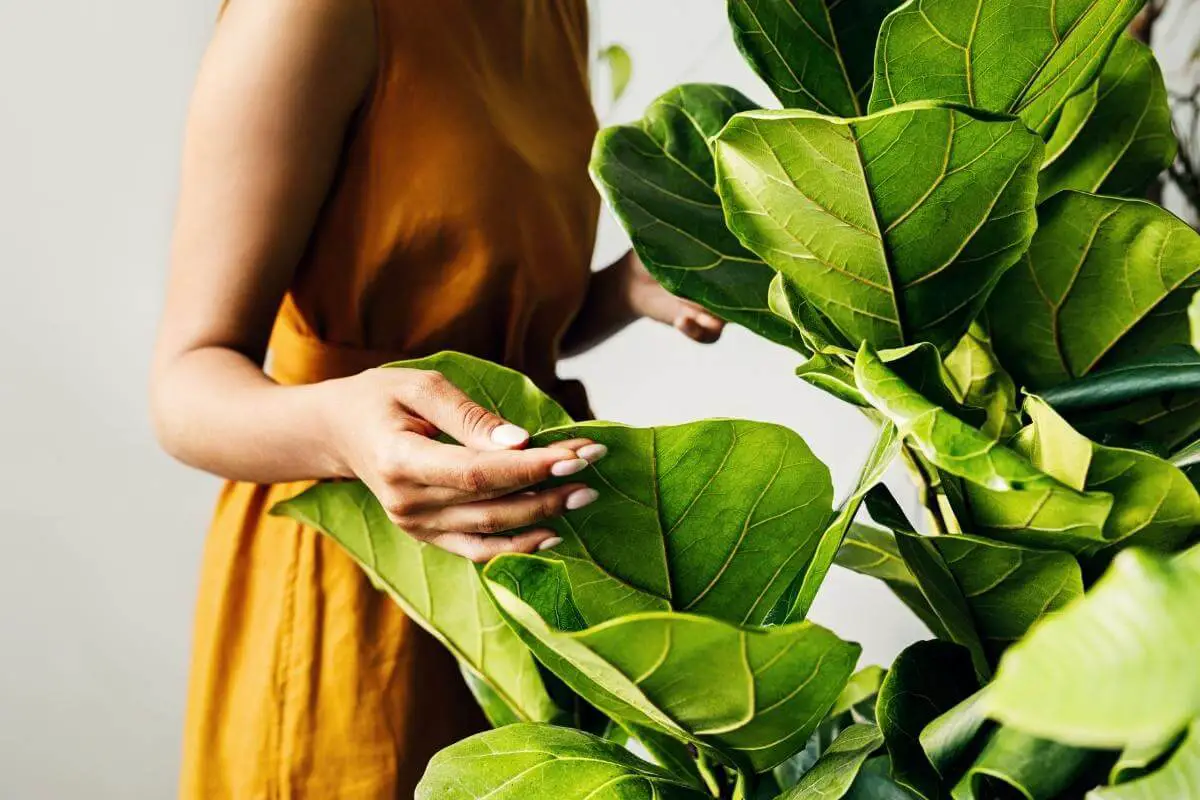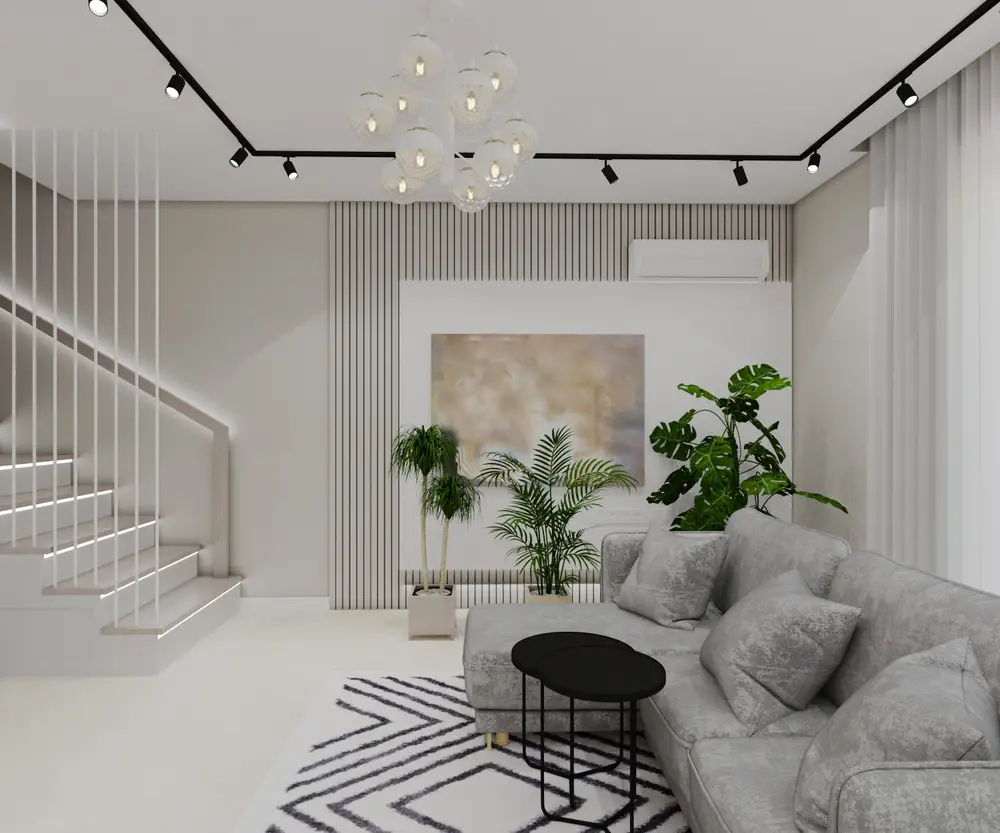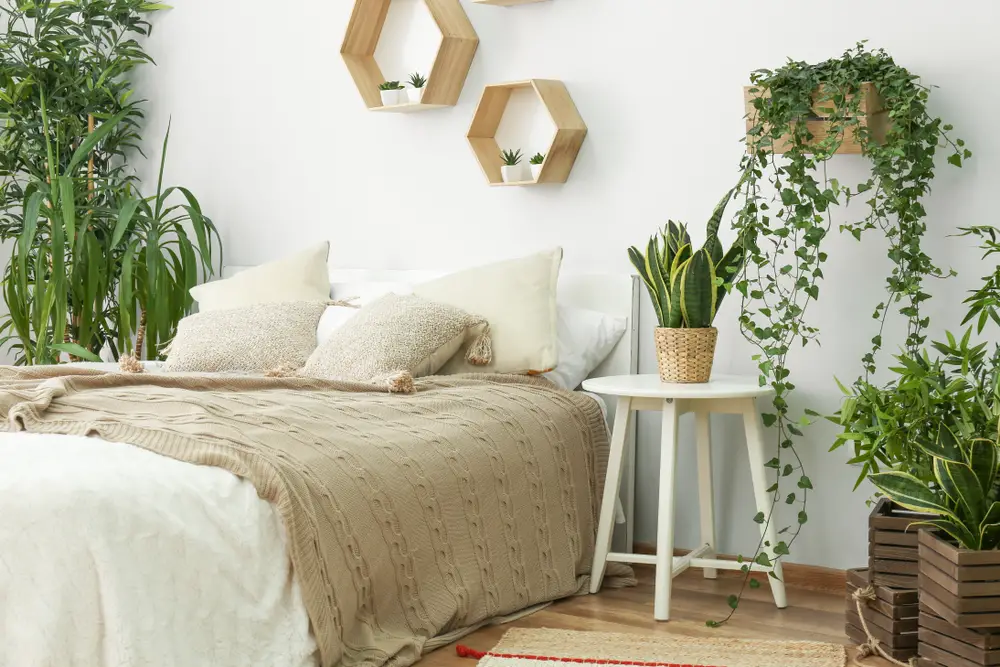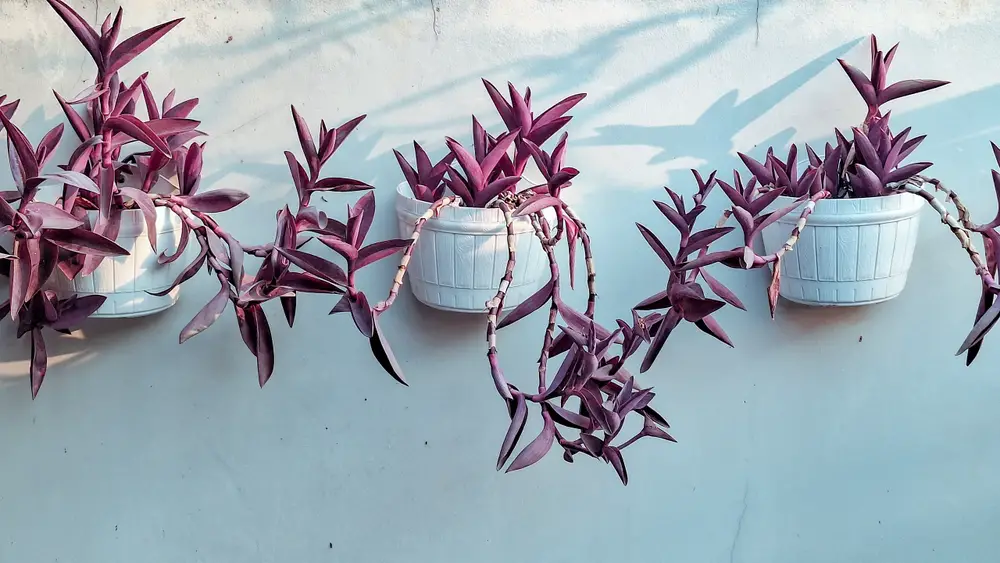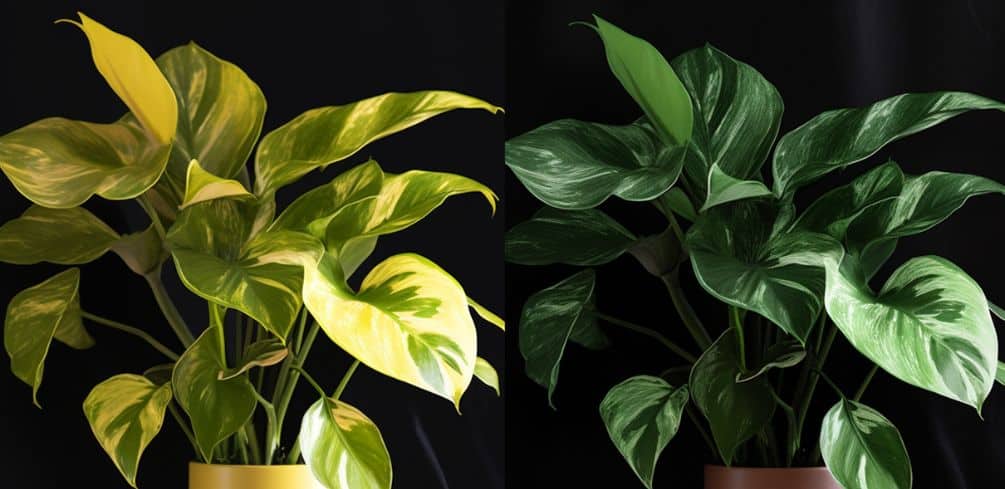Many homeowners love plants for the inside of their home, but just because your plants are indoors doesn’t mean they won’t have some of the same problems as outdoor plants do.
The truth is, both indoor and outdoor plants can suffer with all types of pests and even problems affected by the outdoor temperature and humidity.
All plants need a certain type of care, and it’s good to know what is required of you before you rush out and fill your house with plants.
If you’re wondering if indoor plants can suffer from pests such as bugs and aphids like outdoor plants can, the answer is a resounding “yes.” In fact, much like plants that stay outdoors, plants that are kept inside the home are affected by three main things: pests of all kinds, the humidity level that is required for some plants to thrive, and both still air and standing water.
What Are Some Common Types of Indoor Pests?
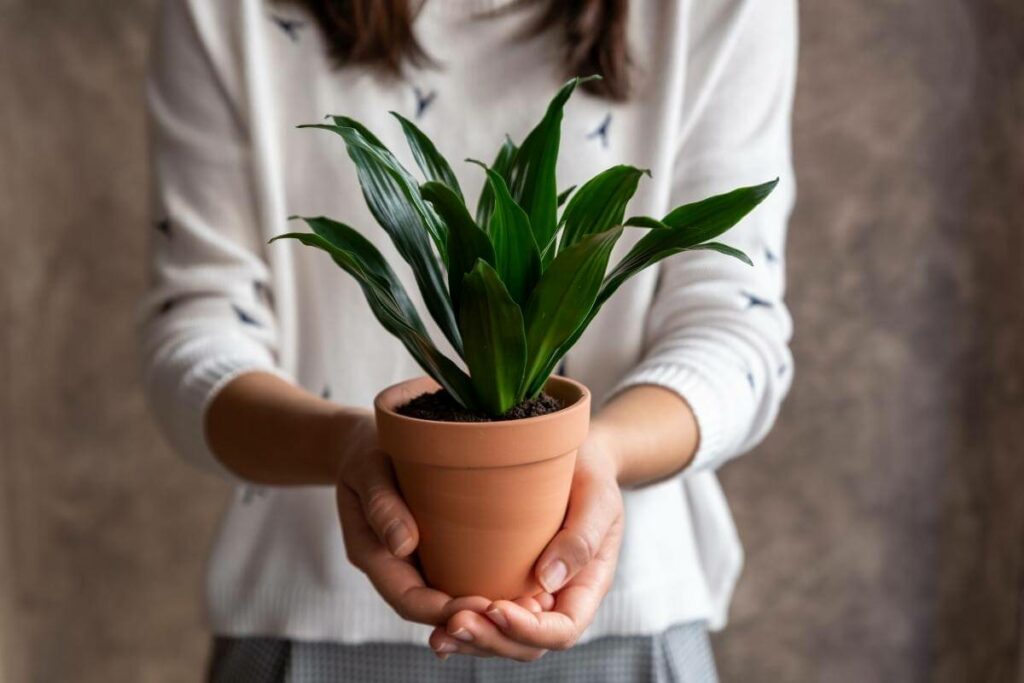
While there are numerous pests that can affect your indoor plants, the most common types are as follows:
- Aphids: often (but not always) either black or green, aphids drink the sap out of the plant and can eat all of the nutrients as well. If enough of them congregate on your plant, it can weaken and become damaged.
- Whiteflies: tiny white flies about 1/12 of an inch in size. They are typically found underneath the leaves of the plant and are sometimes difficult to see.
- Spider mites: with a red body and lots of legs, spider mites dig underneath the leaves and weave a web. They eat through the plant so they can get deep within its cells and eat some more.
- Thrips: these are microscopic bugs that can be tan, brown, or even neon green. They typically fly in when windows are opened and can lay their eggs once they get inside. Fortunately, they only live for about a month and then they die.
- Fungus Gnats: these gnats are about the size of a fruit fly and can lay about 200 eggs at a time. The larvae will dig into the soil and eat everything that is decaying. They eventually become adults and cause even more damage.
- Scales: usually found underneath the plant’s leaves, they have an armored shell that is some shade of brown. They love warm, dry places, and you can sometimes see them on the joints of the leaves.
- Mealybugs: these pests prefer warm, moist places, and the females attach to the roots of the plant then suck the sap out of it. If your plant becomes powdery or waxy, this usually means you have mealybugs.
Why Are Bugs So Attracted to Your Indoor Plants?
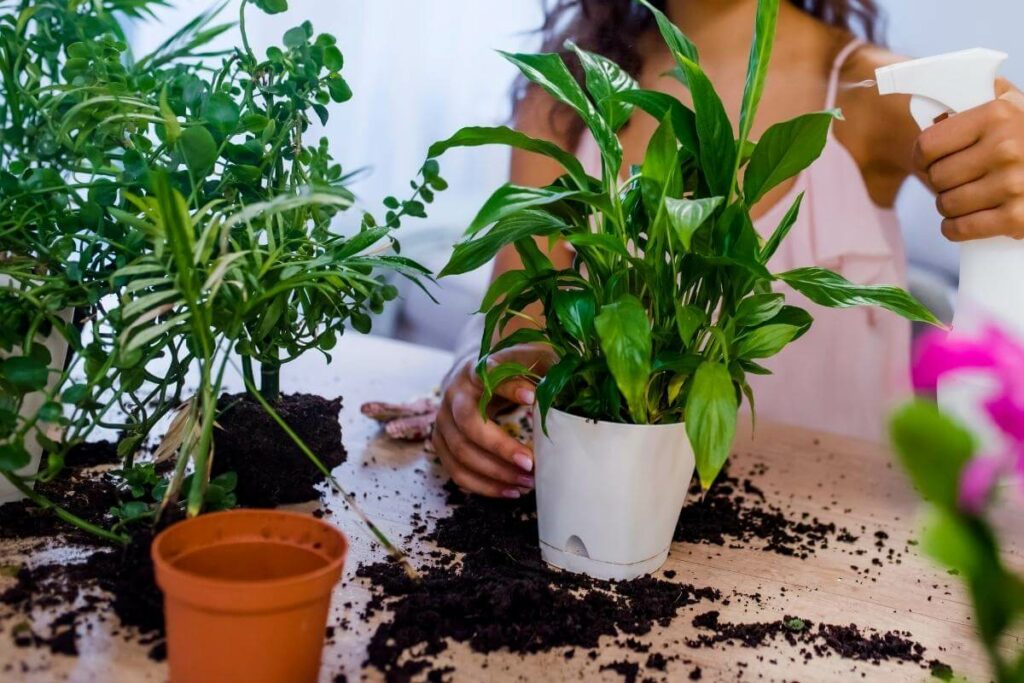
Before you decide how to get rid of the pests that have suddenly decided they love your plants, you have to know why they are attracted to the plants in the first place.
Below are some of the reasons.
Standing Water
Any standing water on the plant’s leaves, on top of the soil, or even in the saucer of your pot is an invitation for pests to come on over and enjoy your plants.
If you do what you can to avoid any type of standing water on your plants, it can reduce the odds of having certain pests destroy them.
High Humidity
You have to be careful if you have tropical plants in your home, especially if you use any type of humidifier on them.
There are lots of pests that are attracted to moist, humid environments, so you’ll have to be careful when growing these types of plants.
Still Air
If the air near your plants is stagnant and there is not so much as a light breeze there, it can attract certain pests.
It Works: If you want to avoid these pests, you can always keep a low-blowing fan near where your plants are. This will get rid of the pests immediately because they will simply fly away from where the plants are.
What Can You Do to Avoid Pests near Your Plants?
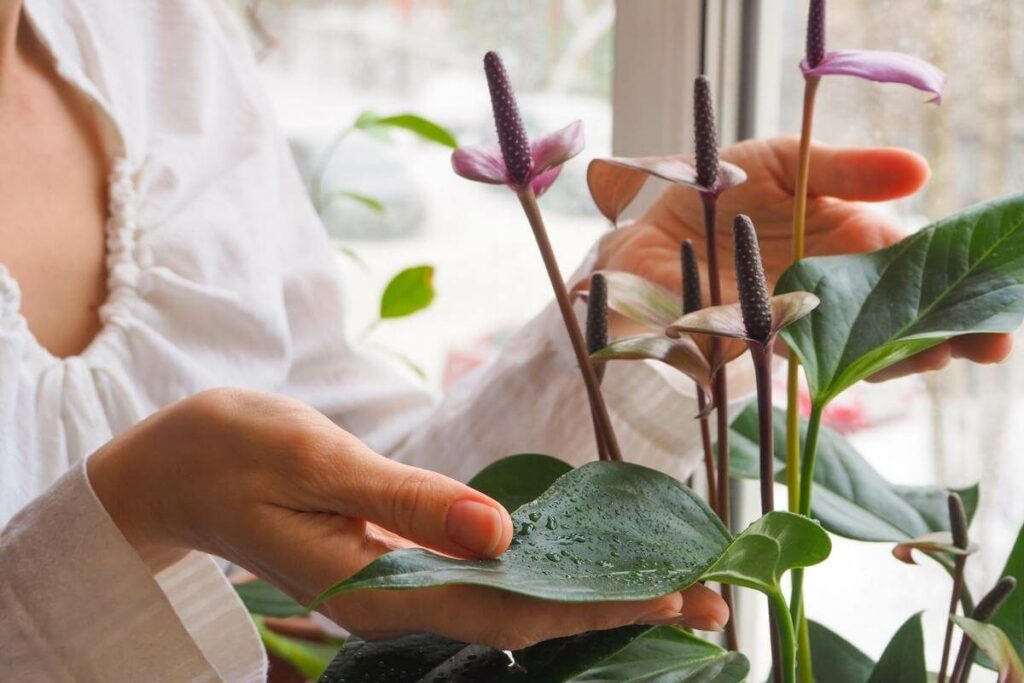
Other than taking precautions so that pests aren’t attracted to your plants in the first place – including getting rid of excess water and keeping the humidity level right – you might want to consider planting things that deter or repel pests and bugs.
Certain herbs, plants, and flowers do a great job of making sure no pests are even interested in getting near your other plants, and they include:
- Marigolds
- Chrysanthemums
- Lavender
- Basil
- Mint
- Catnip
- Lemongrass
- Rosemary
- Citronella
- Sage
The good news about these plants is that most of them are very inexpensive to buy and easy to grow.
Some of them, including marigolds and chrysanthemums, are beautiful as well as functional.
Final Words
If you have other indoor plants and you really want to keep plant-eating bugs away from them, you might want to consider plants and flowers that these pests simply don’t like.
It might be the easiest way to get rid of them.
